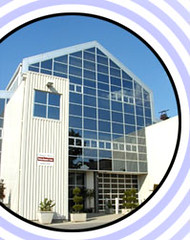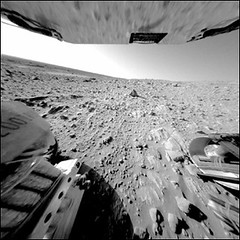Reprinted from
this post by
Marcus P. Zillman, M.S., A.M.H.A. Author/Speaker/Consultant:
"3-D Simulations
1) Stanford University: Folding@home
http://folding.stanford.edu/
2) Center for Automation in Nanobiotech: Nanorobotics
http://www.nanorobotdesign.com/
3) University of Texas Austin: Robotics Research Group
http://www.robotics.utexas.edu/simulations/
4) EdCenter: Interactive 3D Modelling
http://www.edcenter.sdsu.edu/geowall/
5) EuclideanSpace: Building a 3D World
http://www.euclideanspace.com/
6) The Breve Simulation Environment
http://www.spiderland.org/breve/
7) Cyberbotics, Ltd.: Webots™
http://www.cyberbotics.com/publications/ars.pdf
Three-dimensional (3-D) rendering and animation technology is not only used for entertainment, but also for research and educational purposes. The technology can be used for purposes of scientific simulation in fields such as physics, biology, or chemistry. For example, Stanford University's Folding@home project (1) uses 3-D simulations and distributed computing to study protein folding, misfolding, aggregation, and related diseases. Three-D simulations can also be used to observe phenomena that would normally be impossible to scrutinize in detail, as is demonstrated on this website on Nanorobotics (2). This next website describes work by the Robotics Research Group (3) in using 3-D simulations to enhance undergraduate and graduate engineering education. The EdCenter (4) makes available several compressed files of 3-D simulations that model earthquake data, Mars, a San Diego Fly Through, and more. On this website (5 ), Martin Baker provides "all you need to know about 3D theory" and this website (6) provides access to a free open-source software package which "makes it easy to build 3-D simulations of decentralized systems and artificial life." This last article from Cyberbotics, Ltd. (7) discusses how mobile robotics simulation programs can be used to design robots. [From The NSDL Scout Report for Math, Engineering, and Technology, Copyright Internet Scout Project 1994-2005. http://scout.wisc.edu/]"




